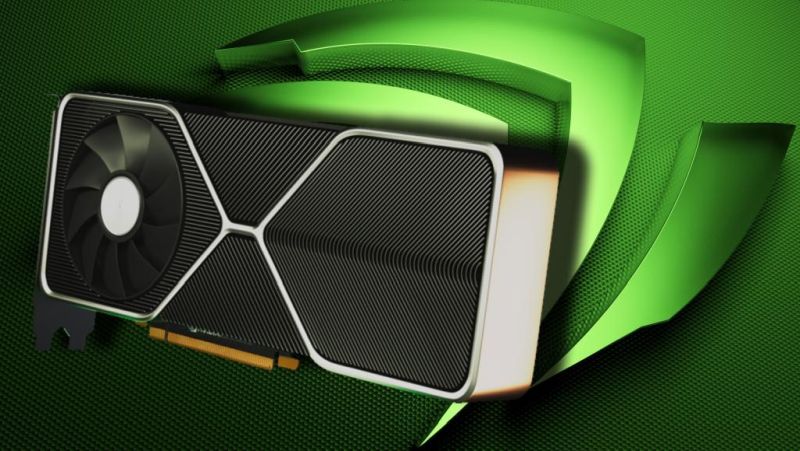Another day, another leak has sprung from NVIDIA’s pipes. The most recent leak seemingly revolving around the GPU maker’s upcoming GeForce RTX 3080 and its alleged specifications.
The details were first spotted on the Userbenchmark database but as of this article’s publication, any and all details of the yet unreleased card have already been removed. Mercifully, Twitter user Rogame (@_rogame) managed to take a couple of screenshots of those details before it got taken down. Nevertheless, some eagle-eyed GPU enthusiasts had managed to more or less confirm the existence of the “NVIDIA Graphics Device” with the Device ID of 2206 which in turn was confirmed by one of TechPowerUp’s (TPU) members.
[Nvidia Ampere]🧐
The first public benchmark for RTX 3080 (Userbenchmark)
> 2100MHz Core clock Limit
> 4750MHz memory clock (ie 19Gbps GDDR6X)
> 10GB VRAM
> Device: 10DE 2206 Model: NVIDIA Graphics Devicehttps://t.co/aiZN0Rz6sxThe score is low for some reason pic.twitter.com/z2Cetdy2Pk
— _rogame 🇵🇸 (@_rogame) August 16, 2020
According to the screenshots, the RTX 3080 reportedly comes with 10GB graphics memory but falls short of specifying the memory standard. Given the current trend and earlier reports, though, it is quite possible that the card could ship out with the same GDDR6X standard as its brethren. Namely, the rumoured RTX 3090 and RTX 3080 Ti.
Moving on, the Userbenchmark listing also shows that the GPU seems to have a maximum clock of 2100MHz – 2.1GHz for the giga-heads out there – and a memory frequency running at 4750Mhz. The latter translating to an effective clockspeed of 19Gbps.

That maximum clockspeed is certainly a bump up from the maximum clockspeed of NVIDIA’s currently existing Turing-powered GPU, although it should be said that there is speculation that the actual maximum clock may be dampened to somewhere between 1.7GHz and 1.8GHz.

As always, nothing is set stone as of yet, so we recommend that you take this piece of news with liberal dose of scepticism, at least until timer of NVIDIA’s “Ultimate Countdown” reaches zero.
(Source: @_rogame via Twitter, Videocardz, Userbenchmark, LaptopVideo2Go)
Follow us on Instagram, Facebook, Twitter or Telegram for more updates and breaking news.



